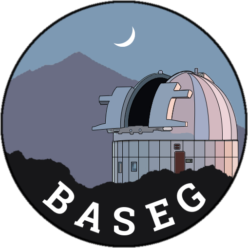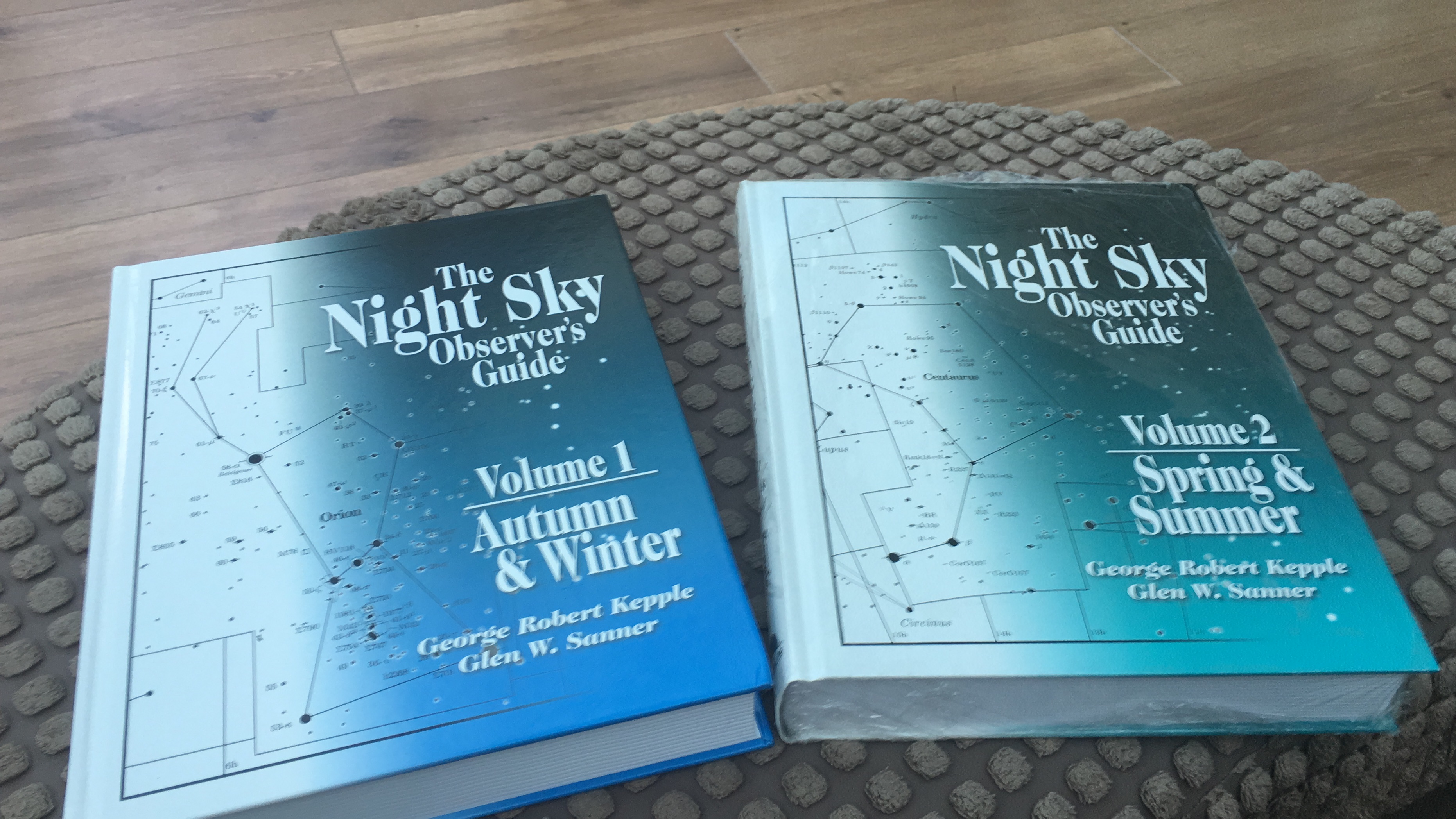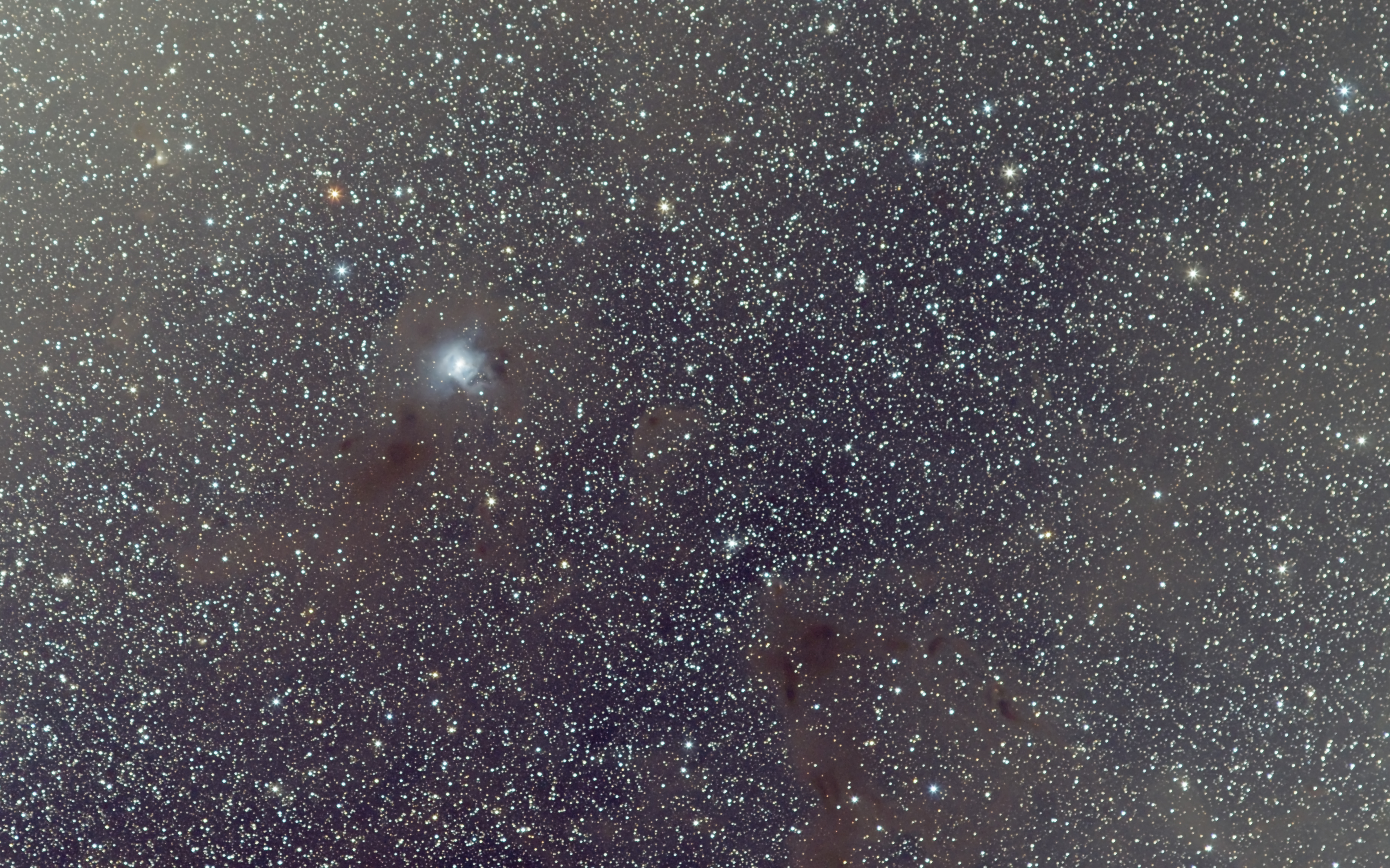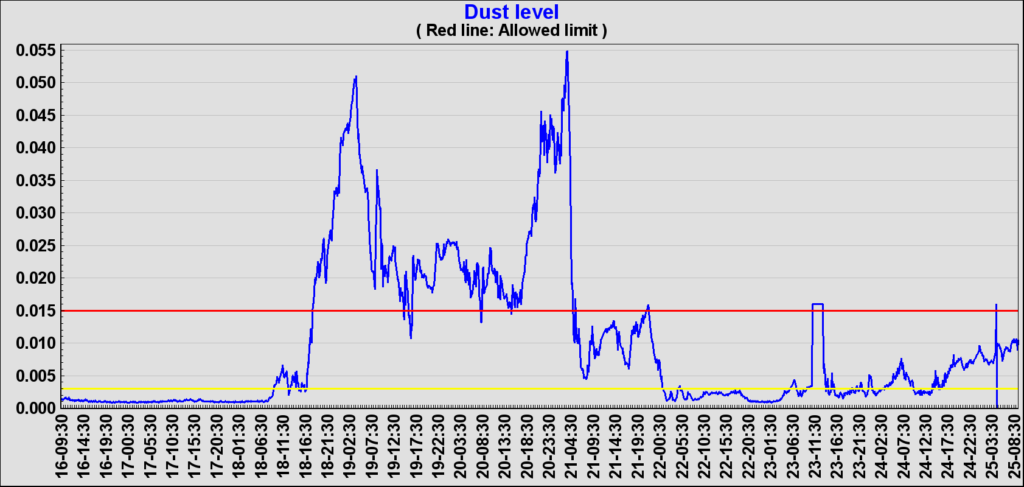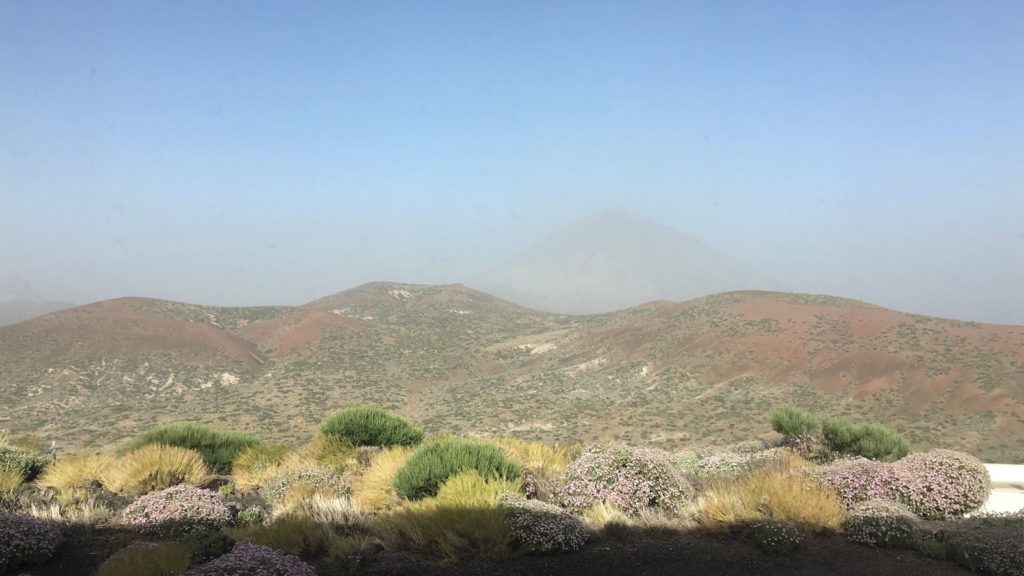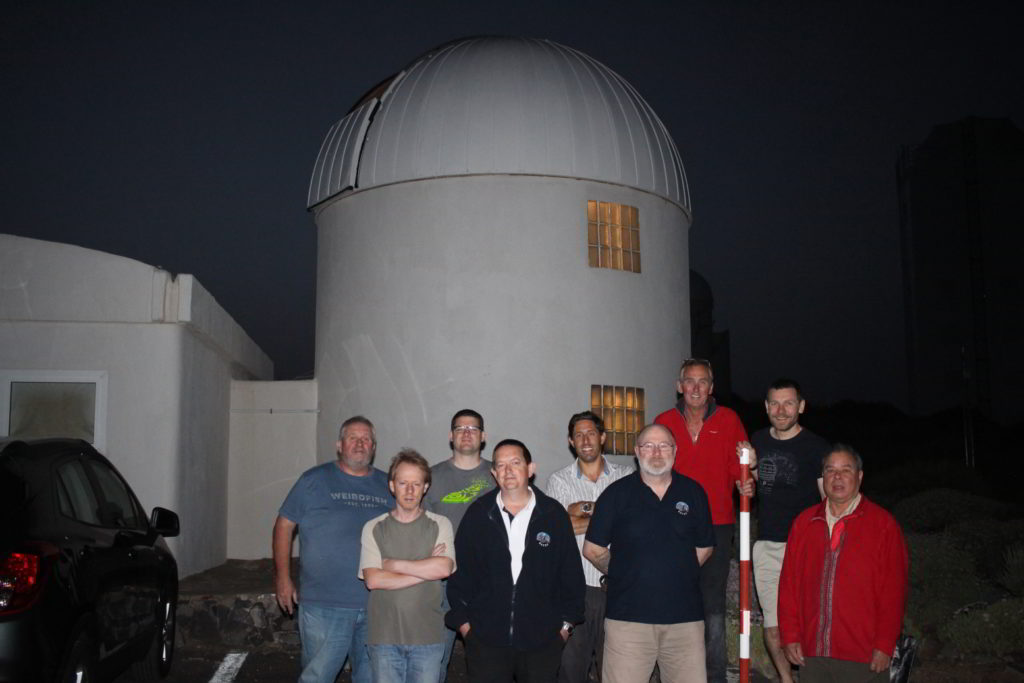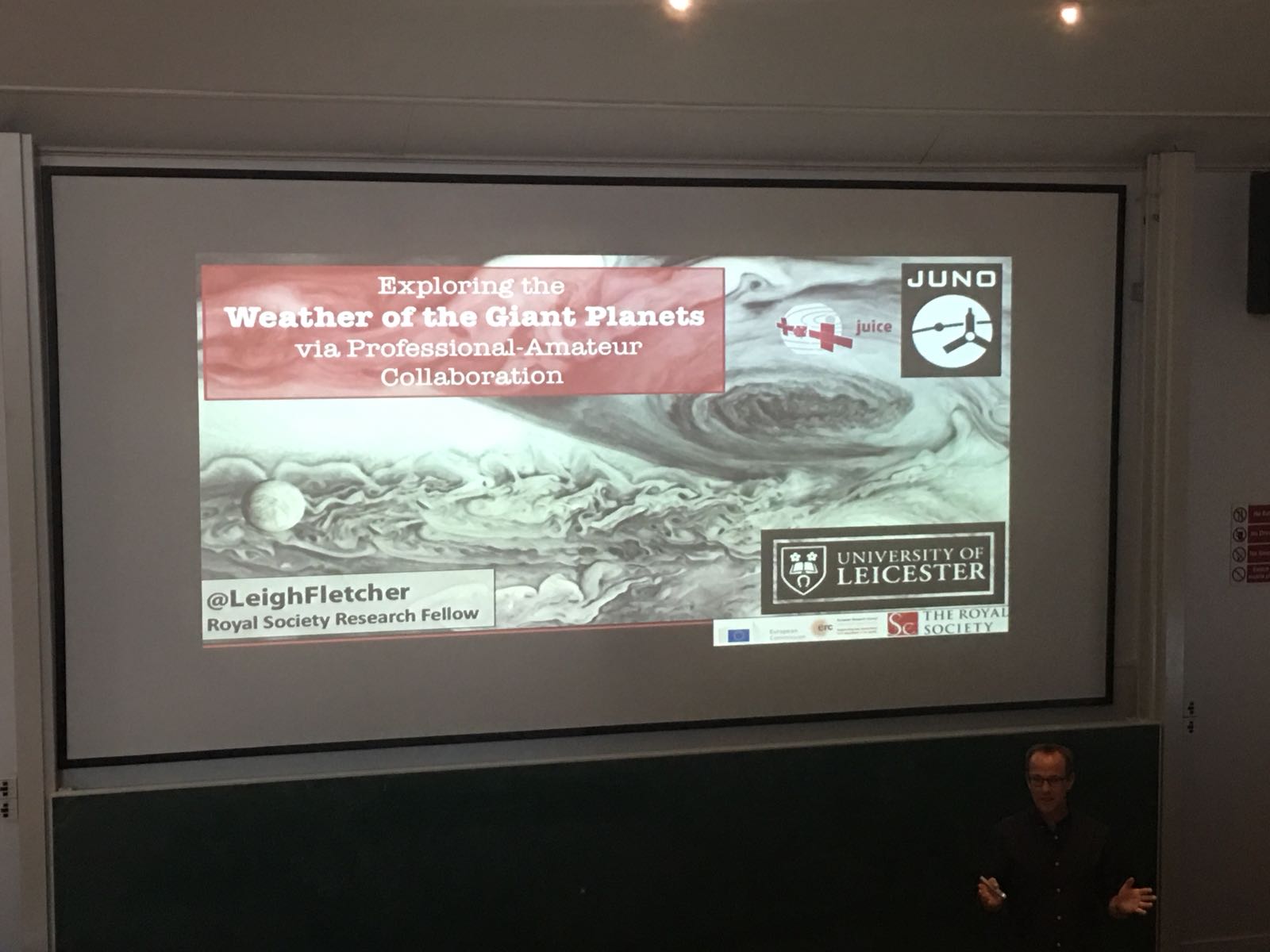One of our members recently attended an open evening lecture on 19th September 2018 hosted by ORION (Oak Ridge Isochronous Observation Network) at the Roane State Community College in Oak Ridge, Tennessee.
The meeting was attended by a broad range of ages including a group of high school students studying Astronomy.
The guest speaker was Mark Uhran who is currently employed at the local Oak Ridge National Laboratory in the ITER fusion reactor initiative. Previously Mark has spent 28 years working with NASA on design, development and operation of the ISS. He retired from NASA headquarters in 2012 at the conclusion of the station assembly phase having completed his last 7 years as ISS Division Director.
His hour long lecture entitled “Human Space Exploration: The Merits of Avoiding Gravity Wells!” discussed the current US plan of placing future habitable orbital platforms at known Lagrange points before 2030.
The main reason to using the Lagrange points is that maintaining position and moving between these points takes little to no fuel at all especially when using ION drives.
The Lunar Lagrange platform would be habitable allowing it to function as a jump point to targets further afield such as a mission Mars. Another advantage of the Lunar Lagrange point is being able to observe the activities of other nations on the dark side of the Moon.
He also went on to discuss the use of private companies and emerging technologies that will to be needed to be employed in order to fulfil the project goals in a timely and cost effective manner.
One interesting point was the recent change of US policy to allow the use of Nuclear Fission reactors (U235) rather than radiothermal generators (RTG) that utilise Pu238 such as those used for the Cassini mission. The rationale behind such a decision is due to the energy output boost of fission reactors. This would allow the the outward journey time to Mars to be reduced from 300-150 days (depends on planetary positions) to 30 days. This would vastly reduce the effect of the potentially life threatening radiation on the human crew.
There is an open conference in Oak Ridge October 23-25th entitled “The TVIW Power Of Synergy Space Symposium” to promote safe, fast, and affordable human development of the solar system.
ORION also have regular public observation meeting at Tamke-Allan Observatory in Rockwood, Tennessee on the first and third Saturday of the month. The facility has an indoor classroom with available toilet facilities.
